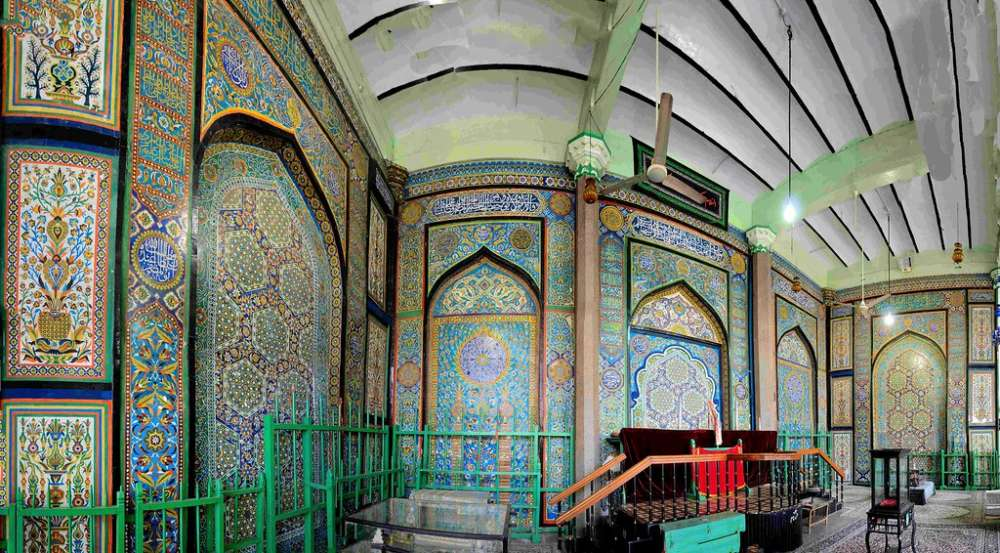
The Baadshahi Ashoorkhana had previously experienced intrusions, all of which were removed by an earlier ruling from the state high court. The monument is currently undergoing repair as well; Persian mosaic tiles were used in its original design. It is an important component of Hyderabad's history since it is the second-oldest monument, having been built just one year after Mohd Quli Qutb Shah established hyderabad in 1591.
It was difficult to build the border wall to keep the open area from being encroached upon, though, because mischievous locals attempted to obstruct the building. The Baadshahi Ashoorkhana's Mutawalli Mujawir, Mir abbas Ali Moosavi, stated that the outside fencing problem was significant since it is a component of the historic landmark.
 In 2022, the Baadshahi Ashoorkhana's Mutawalli Mujawer wrote to many ministries threatening to infringe on the monument's outside region if the Baadshahi Ashoorkhana's perimeter wall was not rebuilt. The encroachers were allegedly politically motivated. Moosavi also said that after the water board partially demolished the outer boundary wall of the ancient building on the grounds that they needed to install sewers, the former encroachers were attempting to raise an Islamic flag of a different sect.
In 2022, the Baadshahi Ashoorkhana's Mutawalli Mujawer wrote to many ministries threatening to infringe on the monument's outside region if the Baadshahi Ashoorkhana's perimeter wall was not rebuilt. The encroachers were allegedly politically motivated. Moosavi also said that after the water board partially demolished the outer boundary wall of the ancient building on the grounds that they needed to install sewers, the former encroachers were attempting to raise an Islamic flag of a different sect.Significance of the Baadshahi Ashoorkhana
The second building to be constructed in hyderabad following its founding in 1591 by Mohd Quli Qutb Shah, the fourth golconda dynasty king, is the Baadshahi Ashoorkhana. The monument dates back to 1592 and is a site of grief for Shia Muslims, particularly during Muharram. Given that the founding king personally constructed it and that it is still in use, it is a very significant heritage site.
Following the fall of the Qutb Shahi dynasty to Aurangzeb's troops in 1687, this Ashoorkhana, like other Ashoorkhanas, had difficult times for about a hundred years. Hyderabad's Qutb Shahi monarchs were Shia Muslims. An yearly gift for the Baadshahi Ashoorkhana was not awarded until Nizam Ali, the second ruler of the Asaf Jahi dynasty, came to power.
On Ashoora, the tenth of Muharram, Shia Muslims grieve in Ashoorkhanas. The location honours Imam Hussain, a prophet Muhammad's grandson who perished in the Battle of Karbala. Hussain was the son of Imam Ali, a relative and son-in-law of the prophet. This year, Muharram started on July 7 and will culminate in processions on July 17 to commemorate Imam Hussain's sacrifice.




 click and follow Indiaherald WhatsApp channel
click and follow Indiaherald WhatsApp channel